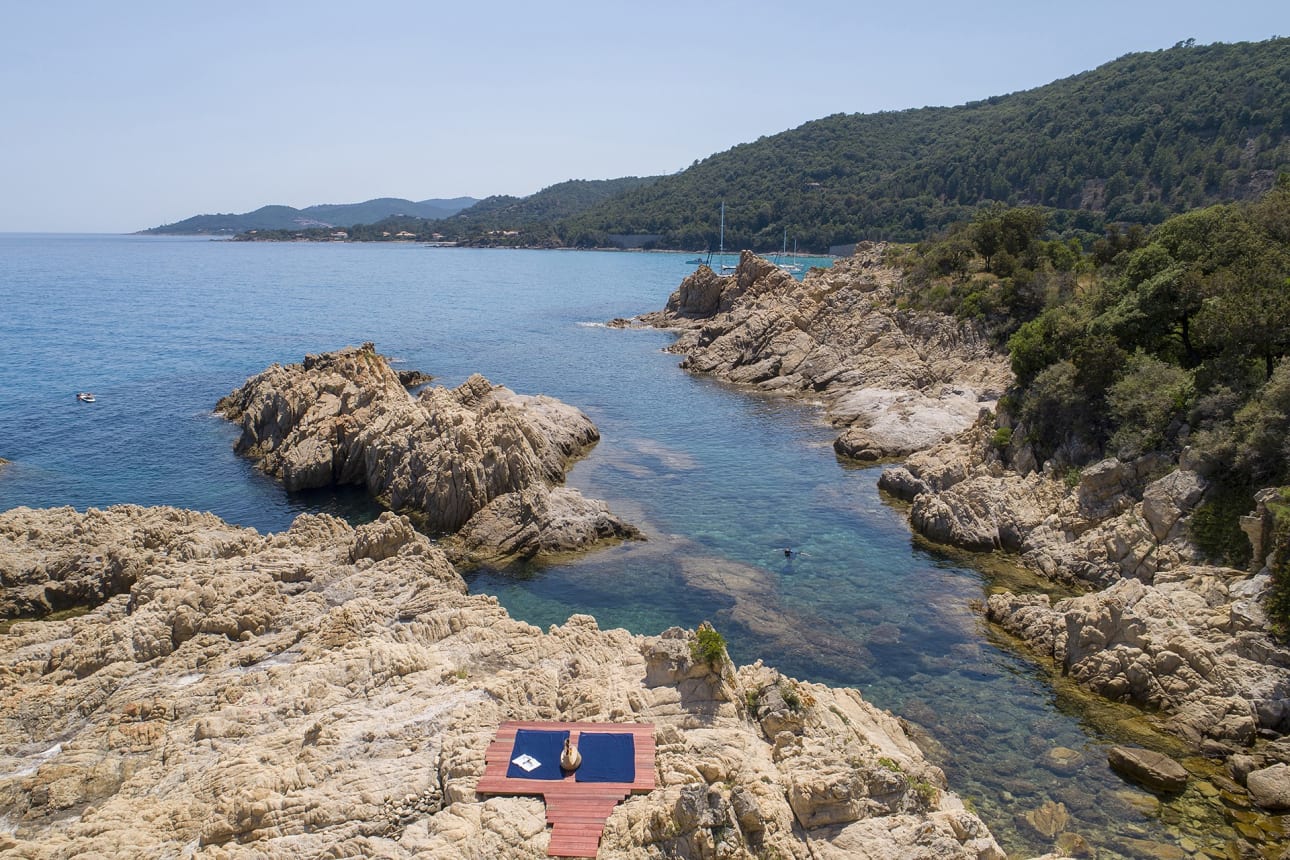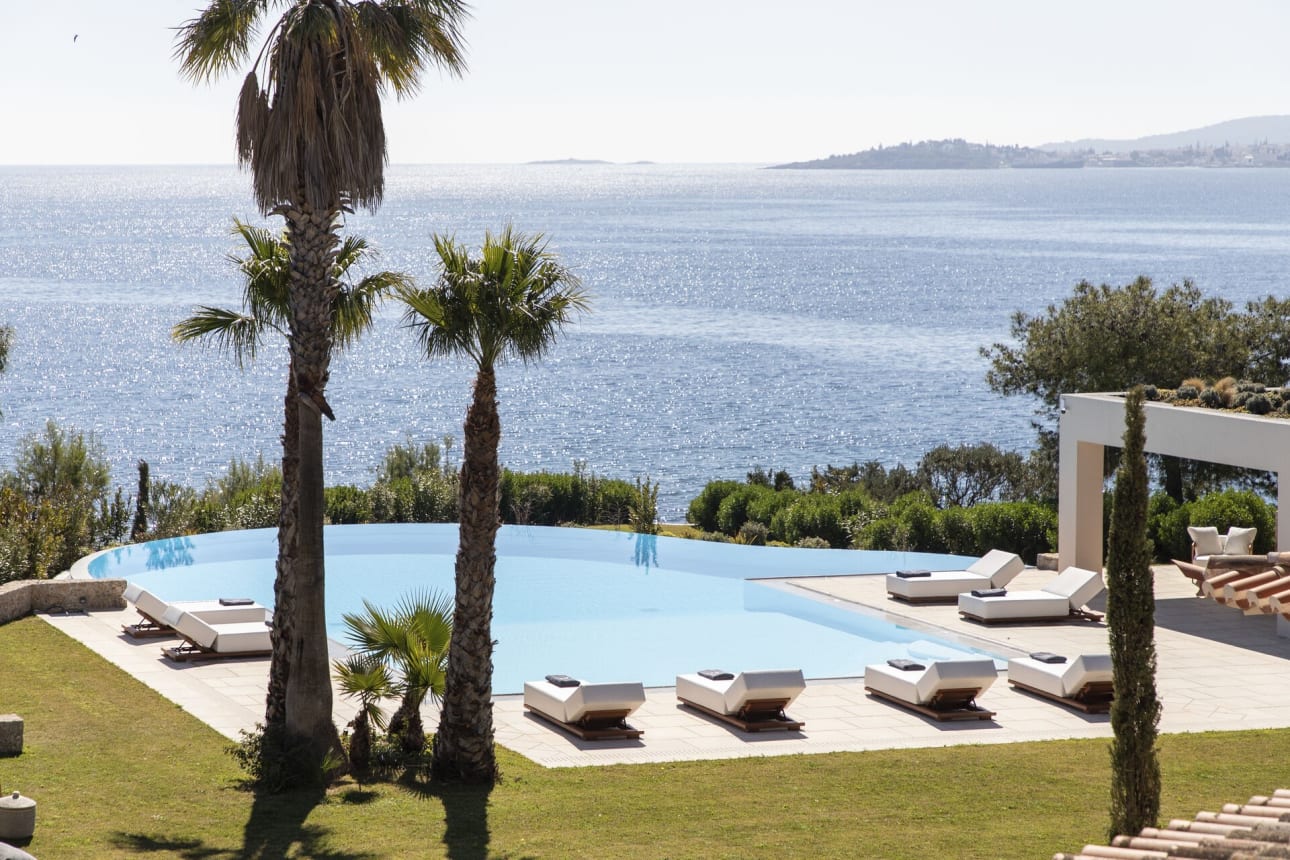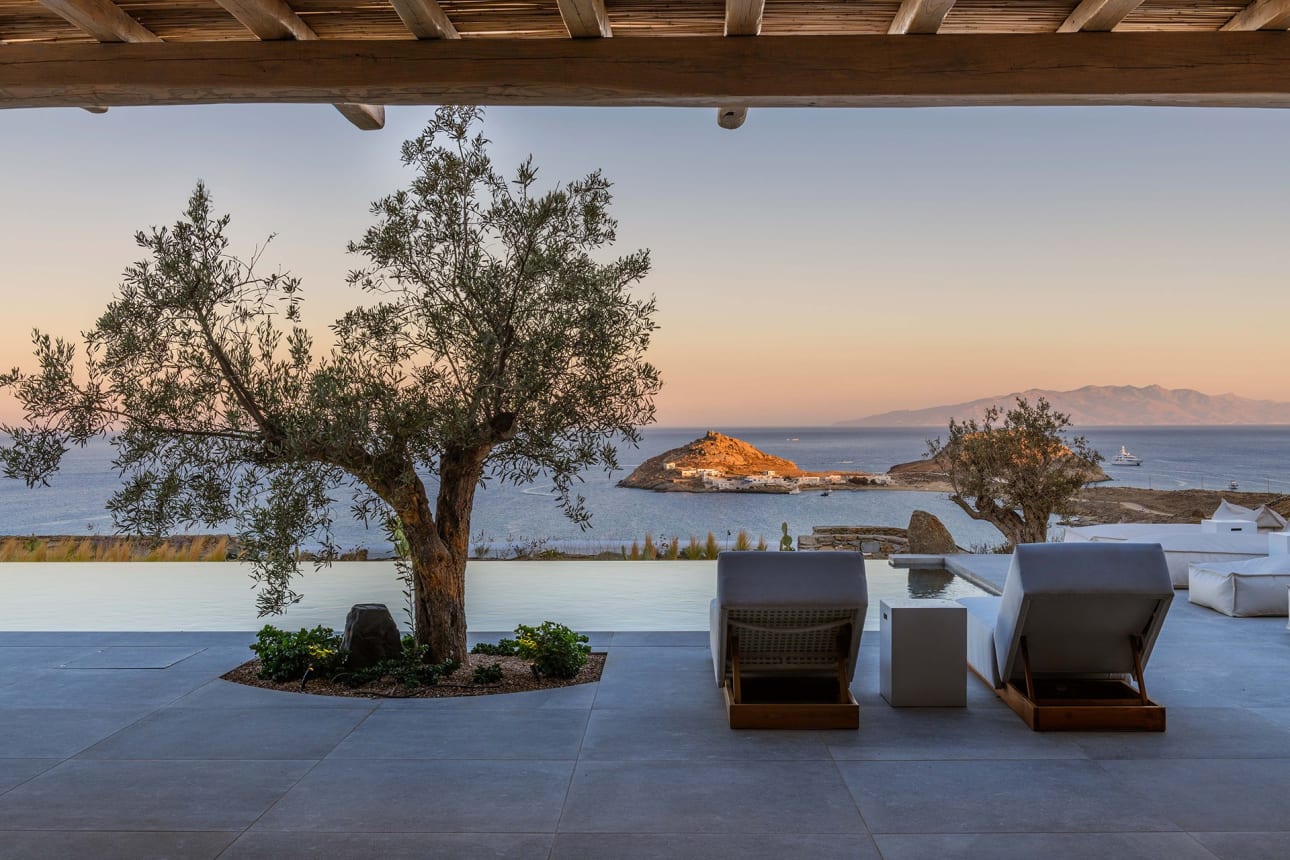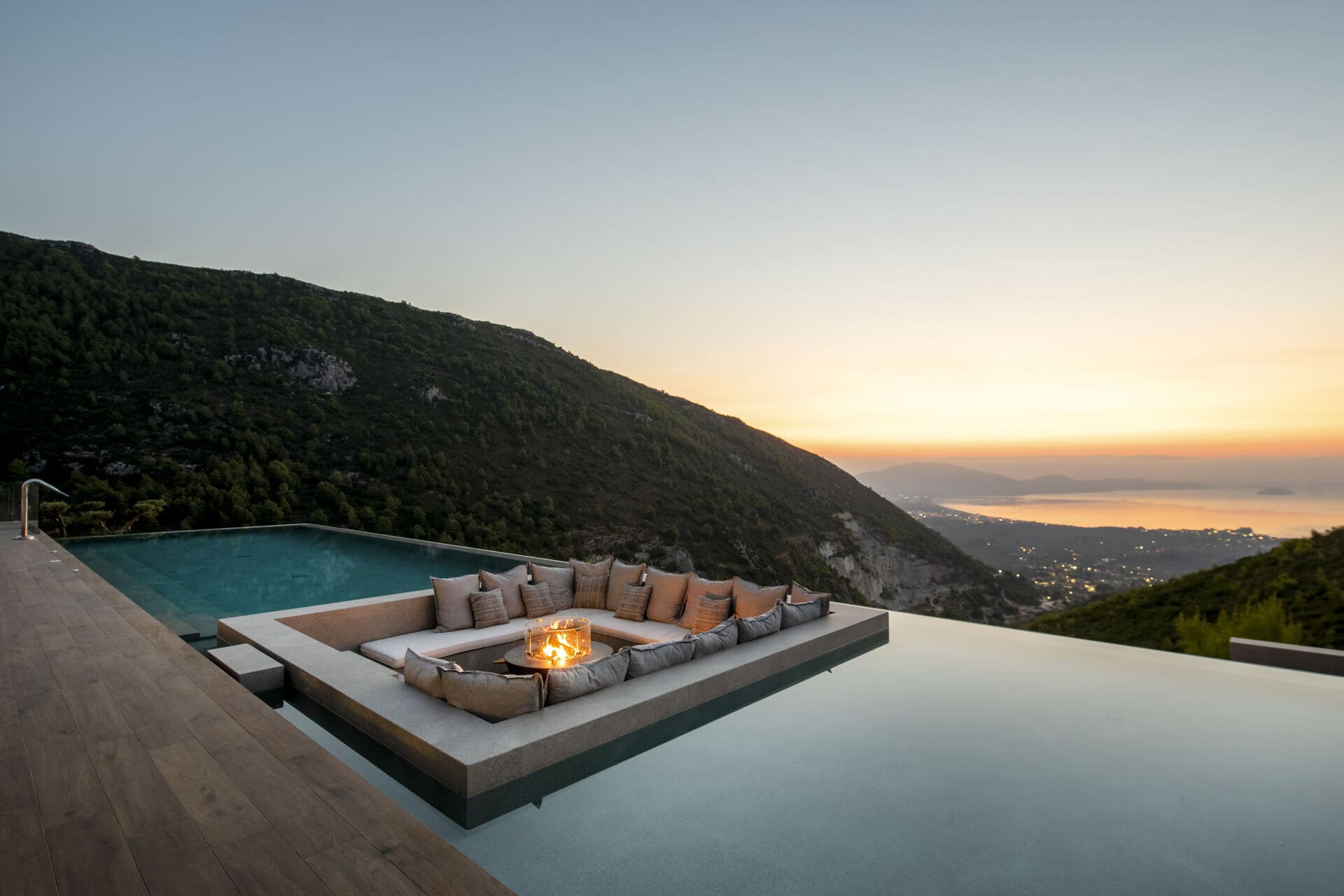Our 7 favourite architectural and design wonders
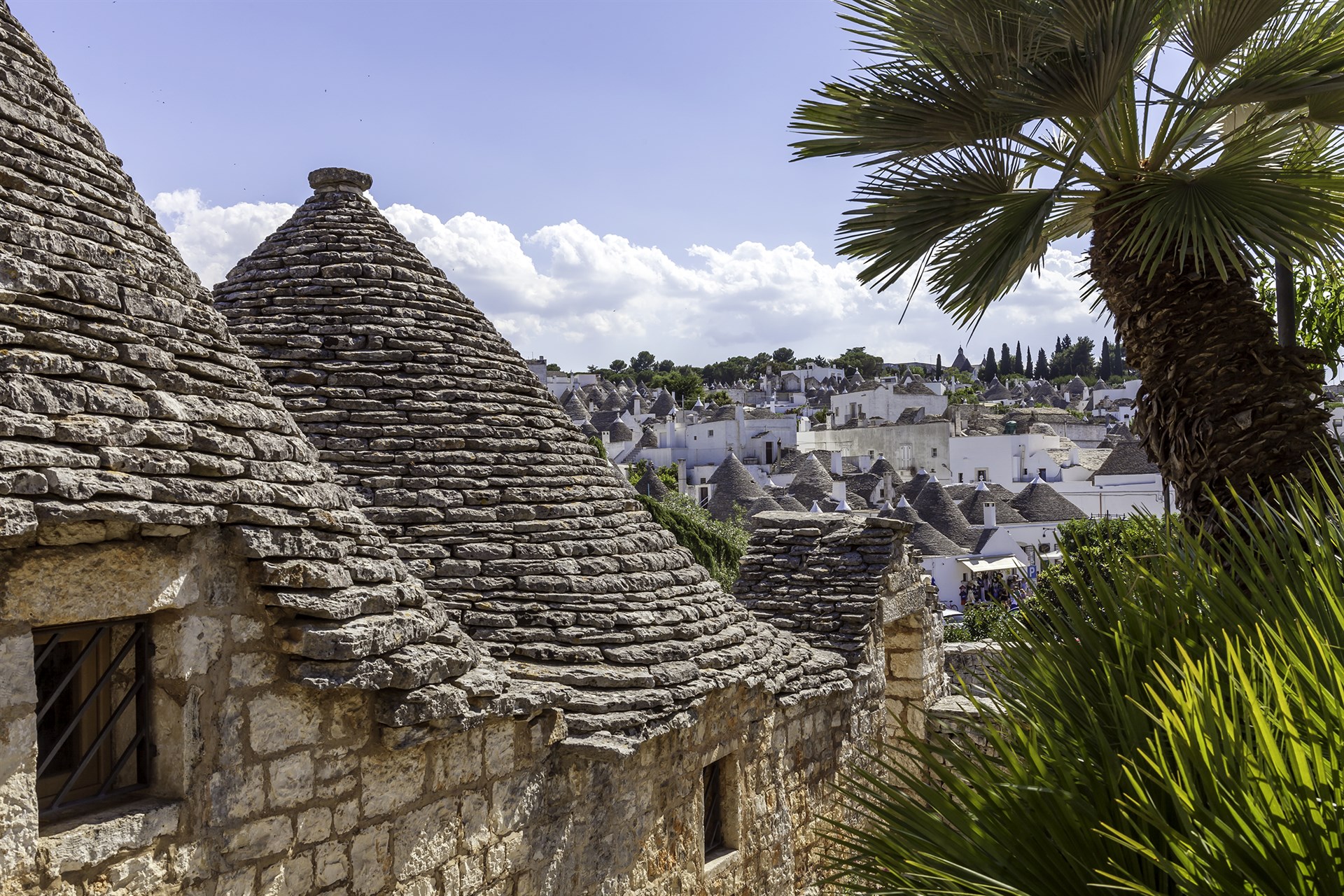
Architecture can tell us a great deal about a place. Centuries of tradition are wrapped into the conical limestone trulli of Puglia, while on the island of Favignana, many structures are built into ancient Roman quarries. Rich in history, local style and regional charm, building and design are the backdrop to our love affairs with travel, setting the stage for us to fall head over heels for a destination. If architecture and design cause you to swoon, these seven beautiful Mediterranean wonders are certain to inspire you.
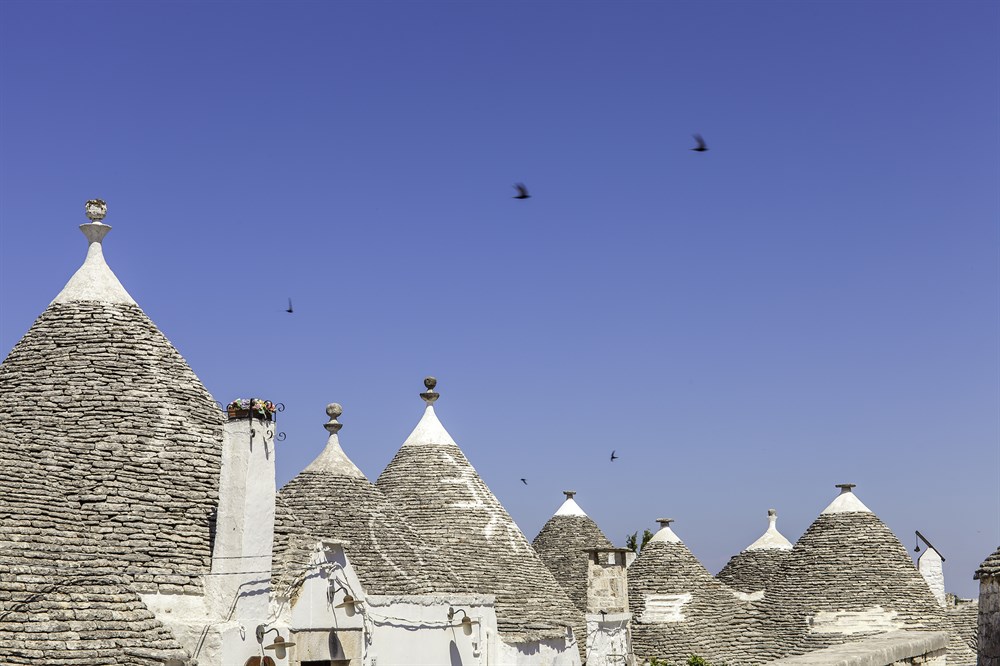
Design holidays with The Thinking Traveller
Discover astonishing luxury villas in destinations where you can immerse yourself in historic architecture and contemporary local design. We’ve handpicked locations perfect for exploring the best of regional architectural styles, all within easy reach of some of our most impressive and beautifully designed villas.
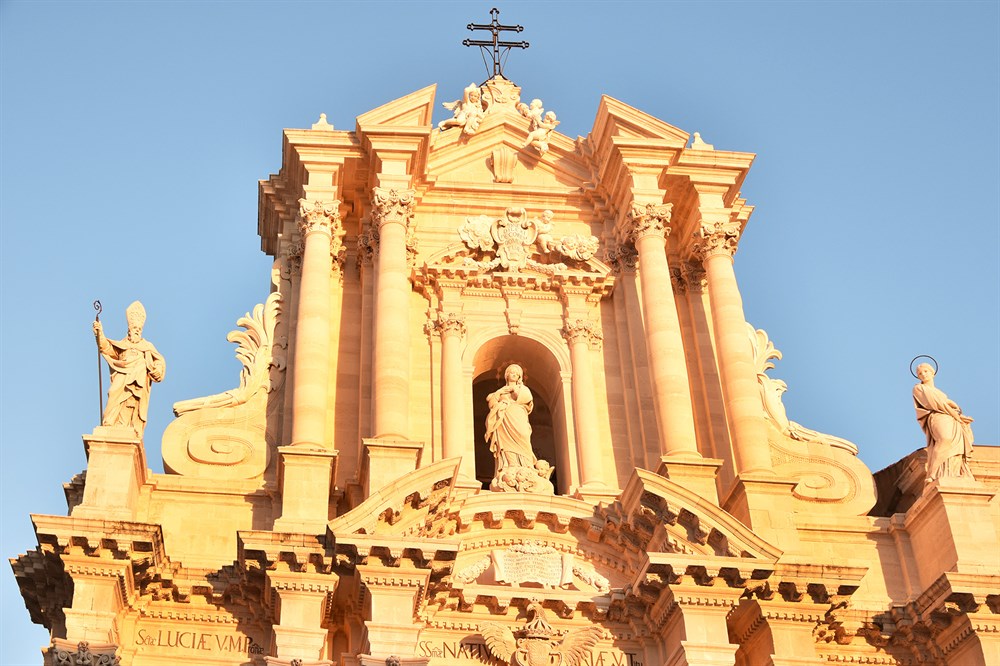
1. Baroque architecture in Sicily
The Italian island of Sicily has an incredibly distinctive architectural style. Once part of the Spanish Empire, this isle has seen many traditions and cultures come and go over the years. Today, it is the Baroque influences that define Sicily’s most distinctive buildings, having shaped the island’s architecture in the 1600s and 1700s following an earthquake.
Sicilian Baroque is a unique and unmistakable take on Baroque architecture. The Baroque may be synonymous with flamboyance, but in Sicily the embellishment of this style is taken even further by the addition of cherubs, expressive masks and other exuberant touches.
Some of the most impressive examples of Sicilian Baroque architecture include:
The Cathedral of Syracuse in Syracuse
The Duomo of San Giorgio in Ragusa
Palazzo Zacco in Ragusa
Catania Cathedral in Catania
The University of Catania in Catania
Basilica della Collegiata in Catania
Porta Grazia in Messina
We must also recommend the graceful Mandorla, designed by Milanese architect Rodolfo Dordoni. Here local materials meet contemporary balance, creating an elegantly modern 12-person villa with a traditional soul. Nearby, the beautiful villas of Casa Vera and Infinita, created by Dordoni’s partner Gordon Guillaumier, also overlook the Val di Noto.
View our entire selection of villas in Sicily.

2. Caltagirone ceramics in Sicily
The art of Sicily certainly does not stop at the Baroque era. This is an island bursting with creativity and diverse traditions. Although located in the Baroque Val di Noto, Caltagirone is a town famed for its ceramics. In fact, the name is thought to come from the Arabic qal’at-al-ghiran, which translates to castle of vases.
Bright, bold and intricate designs are characteristic of Caltagirone ceramics, drawing on themes from Sicily’s natural beauty. Overflowing and vibrant, these ceramics aren’t restricted to crockery either. They can be found adorning much of the town itself, including the decorated Santa Maria del Monte stairs in the town centre. Those who choose to visit on 24-25 July will be treated to the illumination of these steps by 4,000 candles, lit in honour of La Scala Illuminata.
For a closer look at Sicily’s ceramic tradition, visit the Museo Regionale della Ceramica, or, to see Caltagirone ceramics adorning local architecture, visit:
The Villa Comunale (public gardens)
The Maiolica Bridge of San Francesco
The balcony of Casa Ventimiglia
Palazzo della Magnolia
View our entire selection of villas in Sicily.
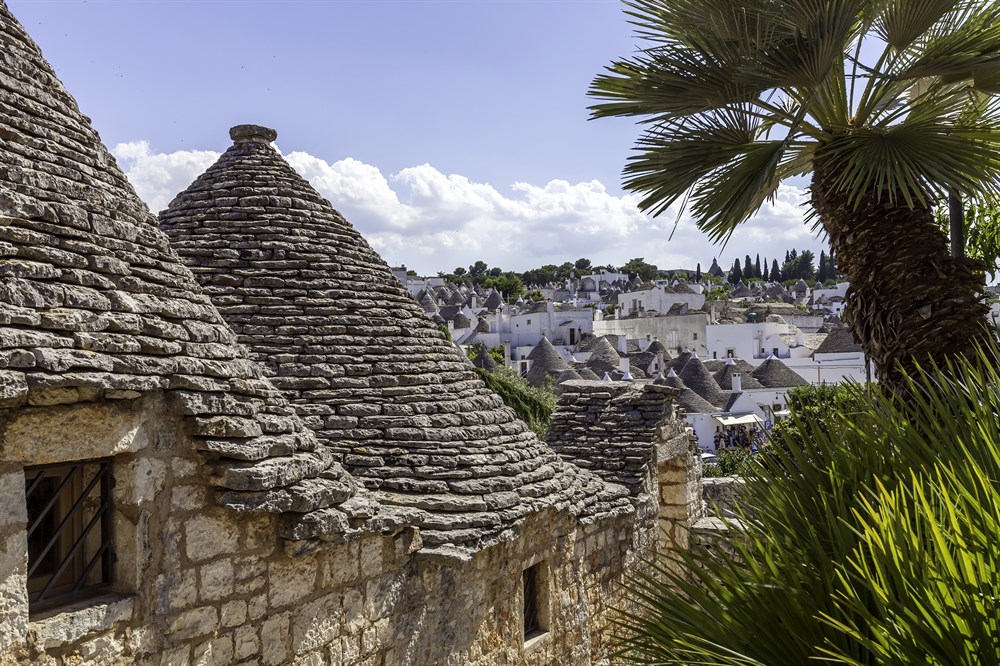
3. Alberobello trulli in Puglia
It is hard to imagine any dwelling more charming than a Puglian trullo. These traditional, conical white buildings were originally constructed as temporary homes and storage to accommodate seasonal agricultural workers and produce. Legend has it that trulli were built without mortar, using dry stone walling techniques, so that they could be quickly dismantled in advance of visiting tax inspectors.
The rise of Puglia’s wine industry in the 1800s saw trulli begin to pop up in ever-greater numbers across the region. Many remain standing today, particularly in the lovely town of Alberobello, where entire areas are full of closely-packed trulli.
Visitors to Puglia can stay in a trullo all their own. The astonishing 12-person Trulli Andrea was created by architect Luca Zanaroli. This luxurious property comprises two sets of four trulli, transformed into an expansive villa set amidst magnificent grounds, which incorporate two swimming pools and gorgeous views of the surrounding Puglian countryside. In combining Puglian trulli with a contemporary ethos, Zanaroli has deftly created a property with warm, traditional roots and a welcoming sense of luxury.
His distinctive touch can also be found in the 10-person country retreat of Montaltini, which incorporates a traditional trullo into its architecture.
French-Lebanese architect Fabrice Bejjani also has a passion for Puglian trulli. His imaginative, luxurious property Trullo Pinnacolo incorporates these historic buildings, keeping local traditions alive.
View our entire selection of villas in Puglia.
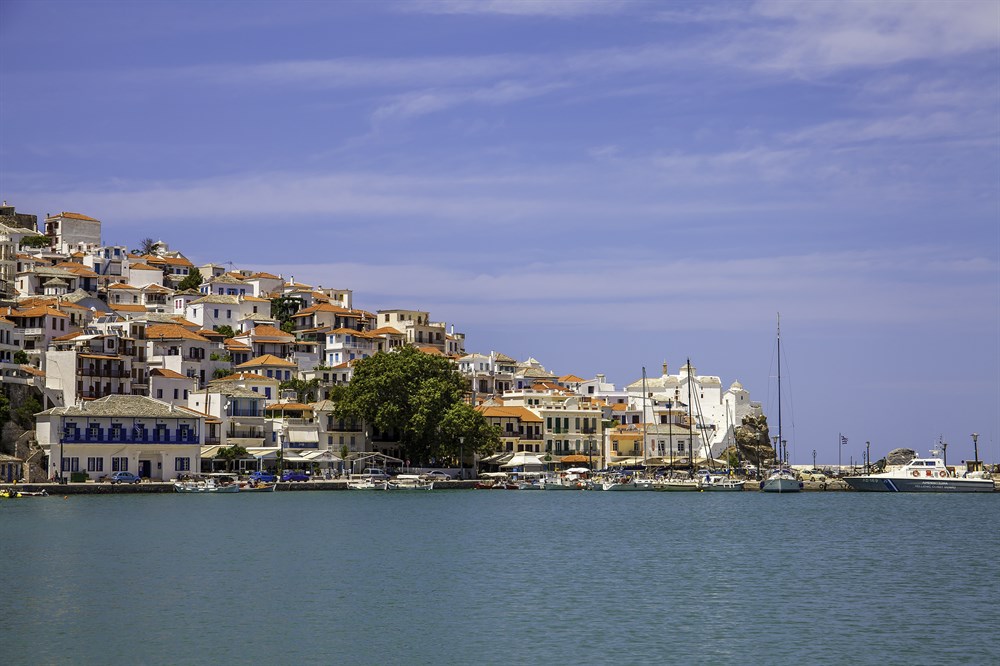
4. Neoclassical Skopelos
The Neoclassical is Skopelos’ strongest architectural influence, which gained popularity on the island from the eighteenth to the twentieth centuries. Throughout this period, aristocratic frontages, extravagant adornment and balconies built from marble became status symbols. Today, Skopelos’ Neoclassical style is somewhat diluted, but can still be found in Chora (also known as Skopelos Town) on the island’s east coast. Stroll the streets of Chora to spot Neoclassical architecture next to Venetian buildings and folk-style properties, often featuring painted windows in traditional reds and browns.
If you’re looking to explore Skopelos, why not base yourself at Maistros, a 14-person coastal villa designed by renowned French architect Marc Held. Perched above the sea and a 40-minute drive from Chora, this sensitively designed property seems to merge organically into the grounds themselves, boasting two pools, a sauna and access to the beach below through the garden gate.
View our entire selection of villas on Skopelos.

5. Eclectic Corfu
A stroll through the Old Town of Corfu Town is an exciting excursion for lovers of architecture. After centuries of conquest and habitation by different regional powers, Corfu is rich in architectural influences. In the Old Town, you will find bright, bold, Venetian architecture, elegant architectural touches from Corfu’s time under French occupation and severe Greek-revival buildings favoured by the British. Notable buildings in this eclectic corner of Corfu include:
The Palace of St Michael and St George (Greek-revival)
The Maitland Rotunda (Neoclassical monument)
The Liston (French imperial)
Explore the diverse influences of Corfu from a sleek, architect-designed villa with sparkling sea views. Exquisitely modern and architecturally designed, villa Iola can host up to ten guests, who will all enjoy the luxury of this contemporary space. The ocean-view infinity pool is particularly beautiful.
View our entire selection of villas on Corfu.
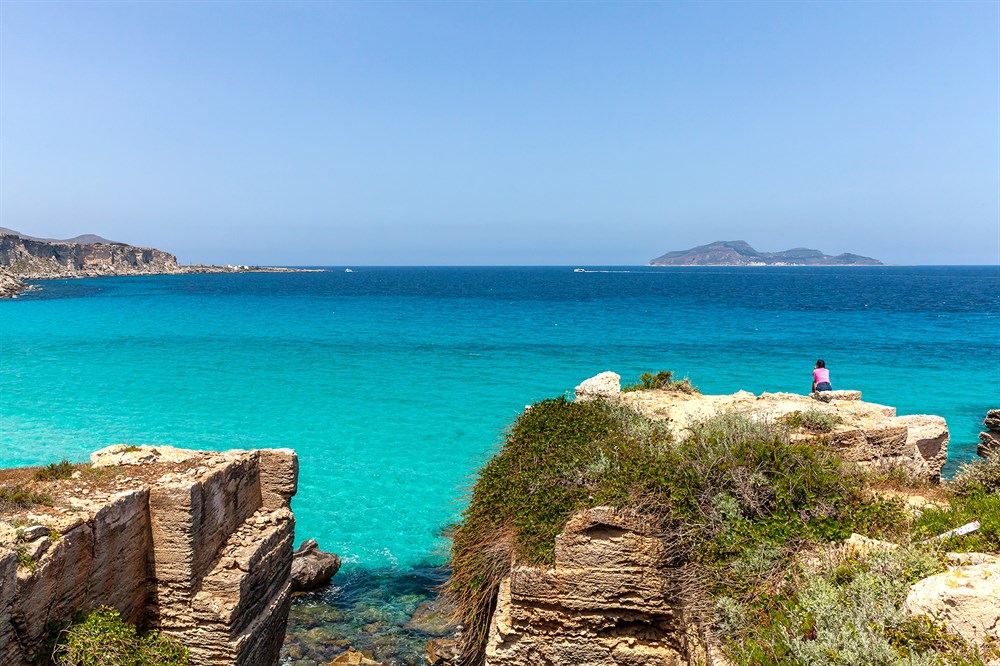
6. The ancient quarries of Favignana
The quarried landscape of the Italian island of Favignana has posed an interesting and exciting design challenge to architects and builders. Dug by the Romans, these quarries have created a unique landscape near the beautiful Cala Rossa Cove on the island’s northeast coast. The truly distinctive Zu Nillu has been built into an ancient quarry, transforming the atmospheric rocks into a striking villa with otherworldly multi-levelled gardens and a pool set into the unique geological landscape. Unlike anything you’ve seen before, this remarkable architectural vision melds effortlessly into its striking surroundings, blending luxurious, secluded accommodation into the ancient quarry site, complete with direct access through the villa grounds to the magical Cala Rossa.
View our entire selection of villas in Italy.
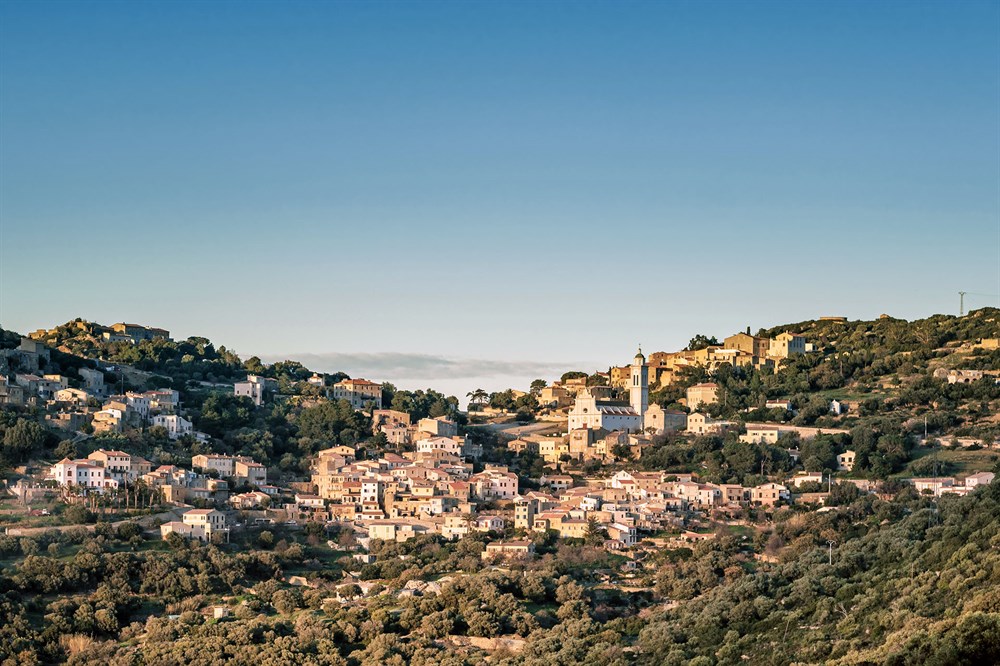
7. Vernacular Corbara on Corsica
Referring to constructions created using local materials and techniques, the label of vernacular architecture can be applied to the diverse, distinctive traditional buildings of many different regions. In the villages of Corbara on Corsica, local vernacular architecture comprises granite dwellings built across four to five floors, traversed by staircases and ladders. The town of Corbara itself is set into a hillside, with winding steps and pathways leading between the historic homes. A stunning two-hour drive across the Corsican interior from the charming beachside Canella, Corbara makes a fascinating day trip.
View our entire selection of villas on Corsica.
Architect-designed villas from The Thinking Traveller
Allow us to recommend the perfect villa for your next escape. Our collection includes astonishing villas designed by renowned architects, incorporating contemporary luxury and traditional romance. Contact our team to discover remarkable properties in inspiring destinations, rich in art and culture. We can take care of every detail, from sharing local secrets to arranging little luxuries, be that an in-villa massage or delivery of local delicacies. Nothing is too much trouble.
.jpg)
